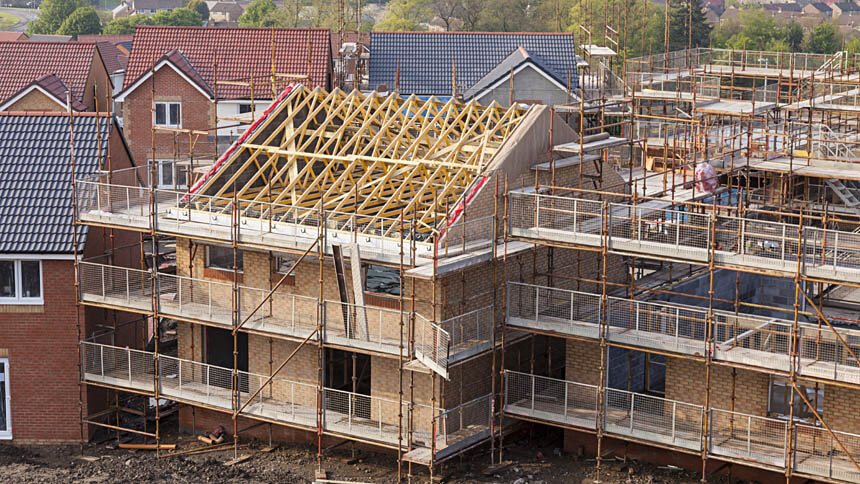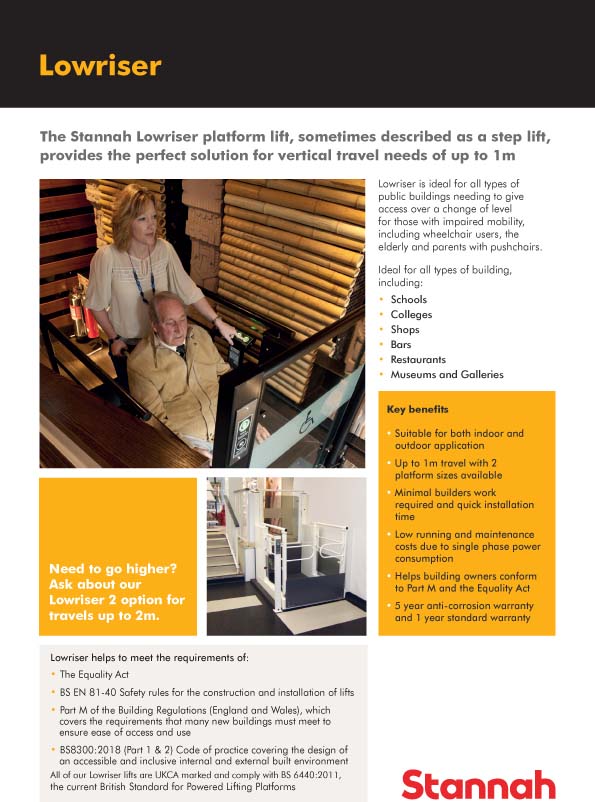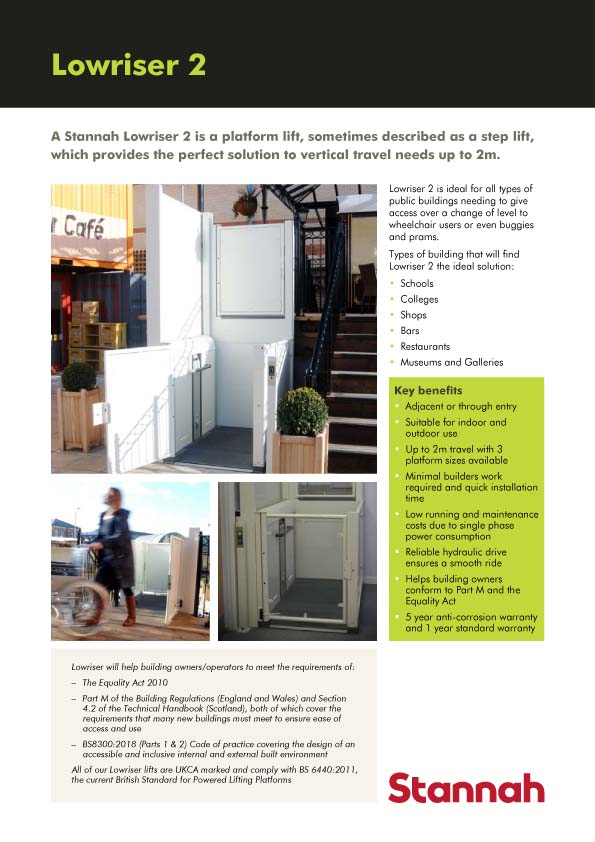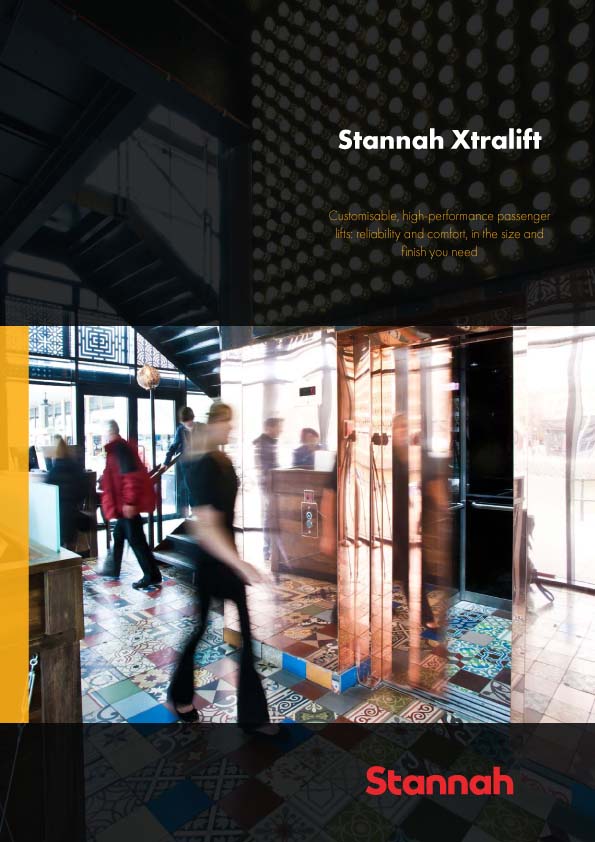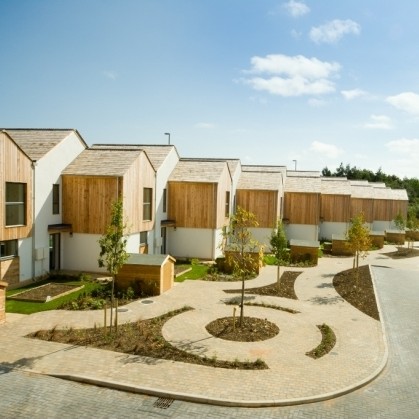
The Royal Institute of British Architects (RIBA) has published the results of the March 2014 Future Trends Survey.
The RIBA Future Trends Workload Index fell a little, down to +35 from its all-time high of +41 in February 2014, but confidence levels about an improvement in future workloads for architects remain very solid and the overall path of the index remains very positive.
All UK nations and regions returned very positive balance figures for future workload forecasts, with the strongest figures coming from Scotland and the North of England, indicating that the recovery in confidence levels is now widespread across the UK and has spread beyond London and the South East.
Similarly, in terms of practice size, small (1 – 10 staff), medium (10 – 50 staff) and large-sized practices (51+ staff) are all reporting positive balance figures.
The private housing sector workload forecast remains the most positive, although the balance figure for this sector fell back somewhat to +31 in March 2014 from +40 in February 2014. The commercial sector workload forecast (balance figure +17) increased slightly this month, but the public sector workload forecast (balance figure +6) and the community sector workload forecast (balance figure zero) both declined a little in March 2014.
RIBA Director of Practice, Adrian Dobson said: “Optimism about future workload continues to be driven largely by a widespread strengthening of the private housing sector across the UK and an increasing pick-up in commercial projects.”
The RIBA Future Trends Staffing Index decreased slightly, standing at +11 in March 2014 compared with +13 in February 2014, but the great majority of practices (94%) expect their staffing levels to either stay the same or increase during the next quarter, with only 6% reporting that they expect to see a reduction in staff numbers.
There still appears to be significant spare capacity within the architects’ profession. However, in March 2014 the percentage of our respondents reporting that they had personally been under-employed in the last month was 17%, the lowest figure since the RIBA Future Trends survey was first established in January 2009. This suggests that real increases in workloads are beginning to gradually erode the spare capacity within practices and that we might soon begin to see an increase in the actual size of the workforce in the architects’ profession.
Dobson continued: “We continue to see widespread pick-up in the level of enquiries and new commissions, particularly in the housing and commercial sectors – but at the same time our architects are still reporting a very competitive market for their services with profit margins on many projects remaining very tight.”









